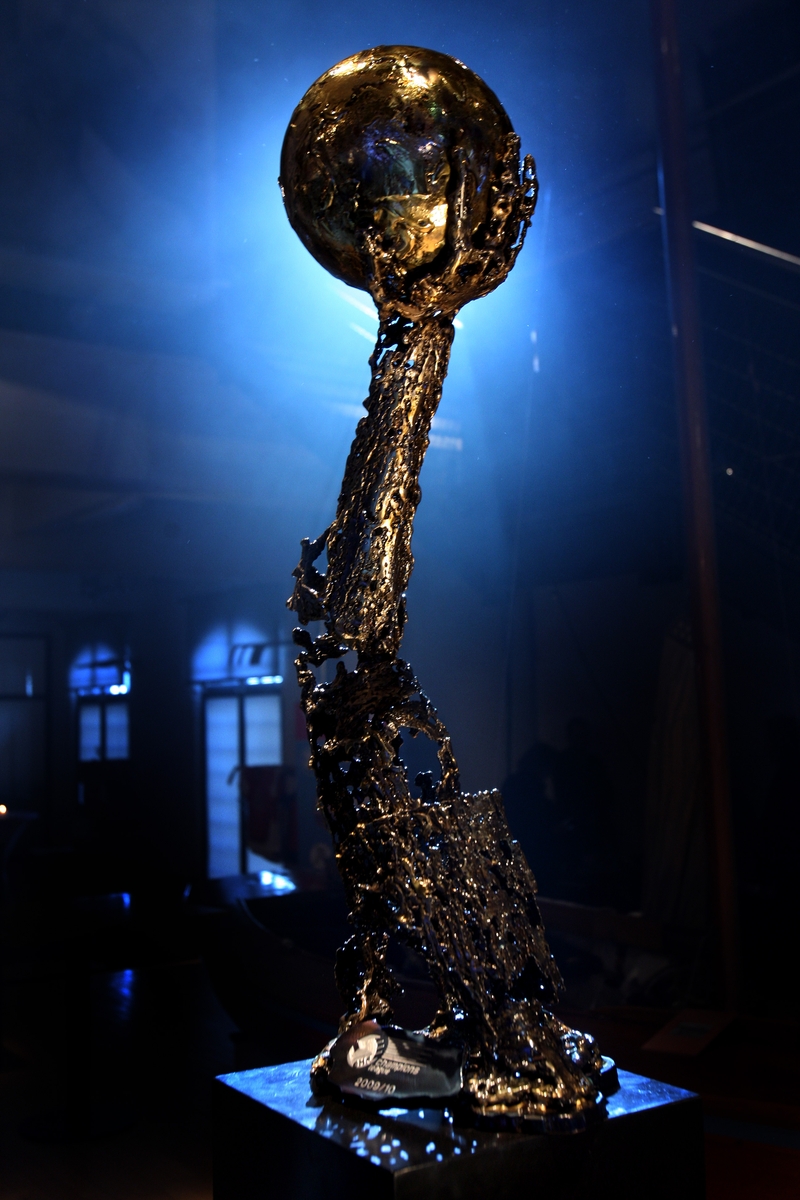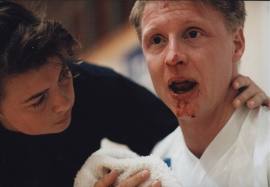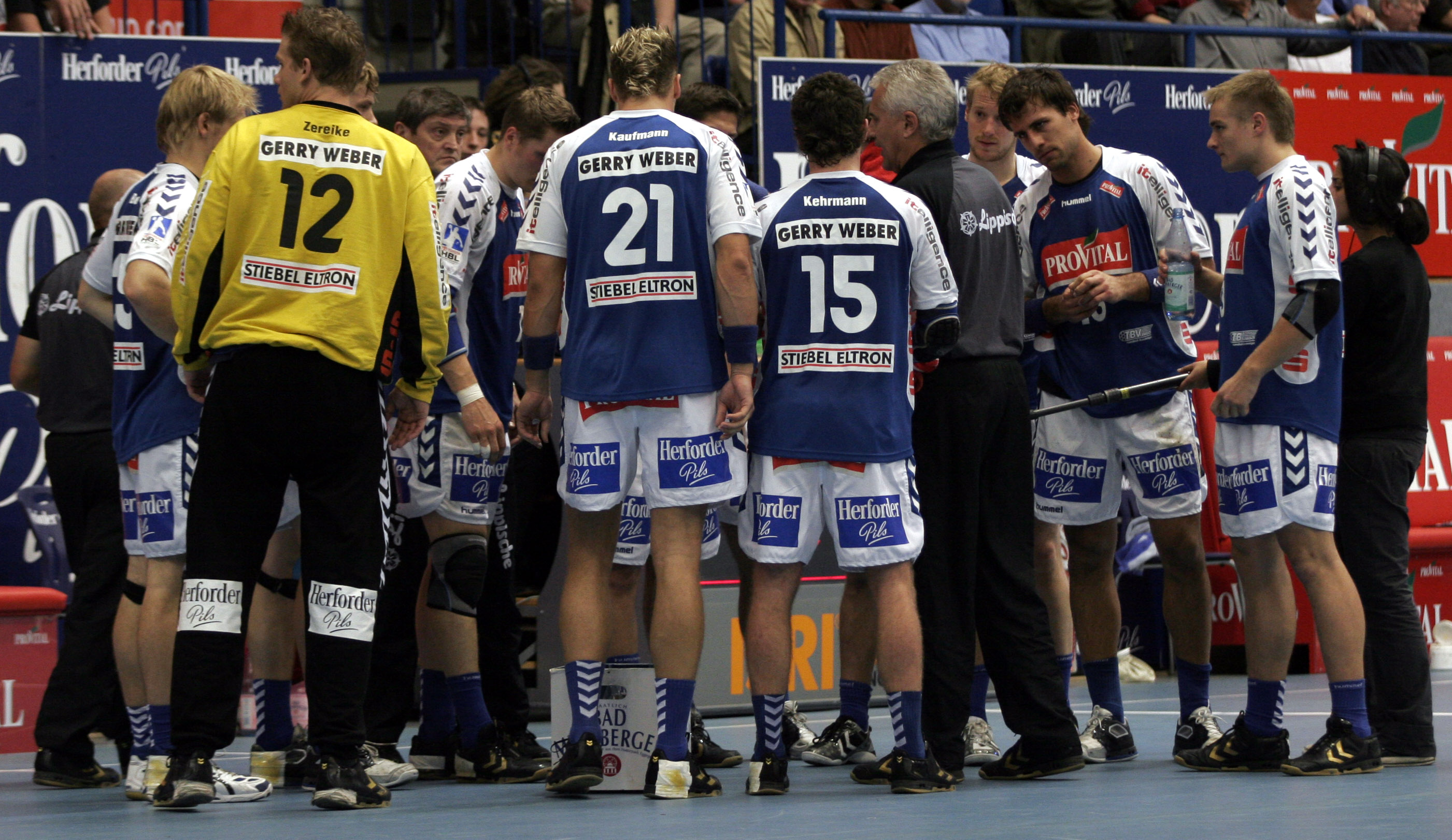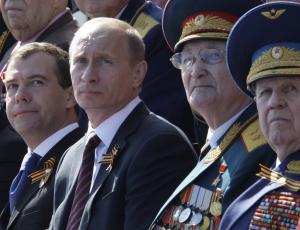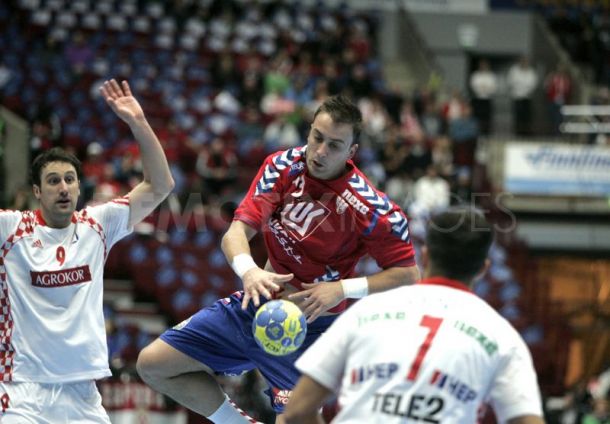Several times during the World Championship last January, I got a reminder about something that makes me proud to be a life-long handball fan: despite constant physical contact, collisions at high speed and a format with attackers trying to penetrate a defensive wall, handball remains a very fair and decent sport, essentially free from fighting and without too many dirty tricks!
Perhaps we are so used to it that we simply take it for granted, but we really should be appreciative and also use it more as propaganda for our sport, in the tough competition for new players and new spectators. I talked with people about it in Sweden, both handball veterans and people who were more infrequent handball spectators; and the verdict was really unanimous: it is amazing how the players in a sport with so much intensity and physicality, and so much at stake at the elite level, can remain so fair and sportsmanlike.
During my life of involvement with handball, I have also been a soccer/football referee and an interested spectator in icehockey, basketball and American football. The mentality of icehockey appears to accept fighting or even support it as something positive. Tackling a player who is ‘blind-sided’ seems almost to be a matter of pride, and elbows to the head are flying in both basketball and icehockey. Only American football is a bit more comparable to handball as regards relative restraint despite the very physical nature. And in all these sports, it is more common to see altercations or unsportsmanlike actions after the play is stopped.
Perhaps it has something to do with the rules. The concept of a 2-minute punishment is a probably a more effective and meaningful deterrent than people in handball realize, when we compare with other sports. And personally I will always feel that the introduction of the ‘direct red card’ has been very important. I wish I could argue that it is related to superior refereeing, but also the other sports I mentioned have first-rate refereeing at the elite level. So I really believe it is primarily a matter of mentality and tradition.
I often hear from handball novices who are surprised that the game is played without the type of protective gear that is a normal part of other physical games. I do not think this is because the players are so much more resilient and capable of accepting physical punishment. It is more because the players trust that, despite the heat of the battle and the sometime unexpected collisions, there is a general level of mutual respect that in itself affords a measure of protection.
Some of you may ask: am I not going too far in defending and praising handball!? Yes, we have some players who are more cynical than others, both in their general methods and in their instincts in critical moments. And yes, there will always be situations in a game, depending on the result and time remaining, where a player will resort to desperate tactics. But overall I insist that we should be more proud of what is typical of our sport. I know that to some people, and in the media, violence may sometimes serve as an attraction, but I still think we have good reasons to use our traditions of combining intensity and physicality with non-violence as a real point of propaganda!



